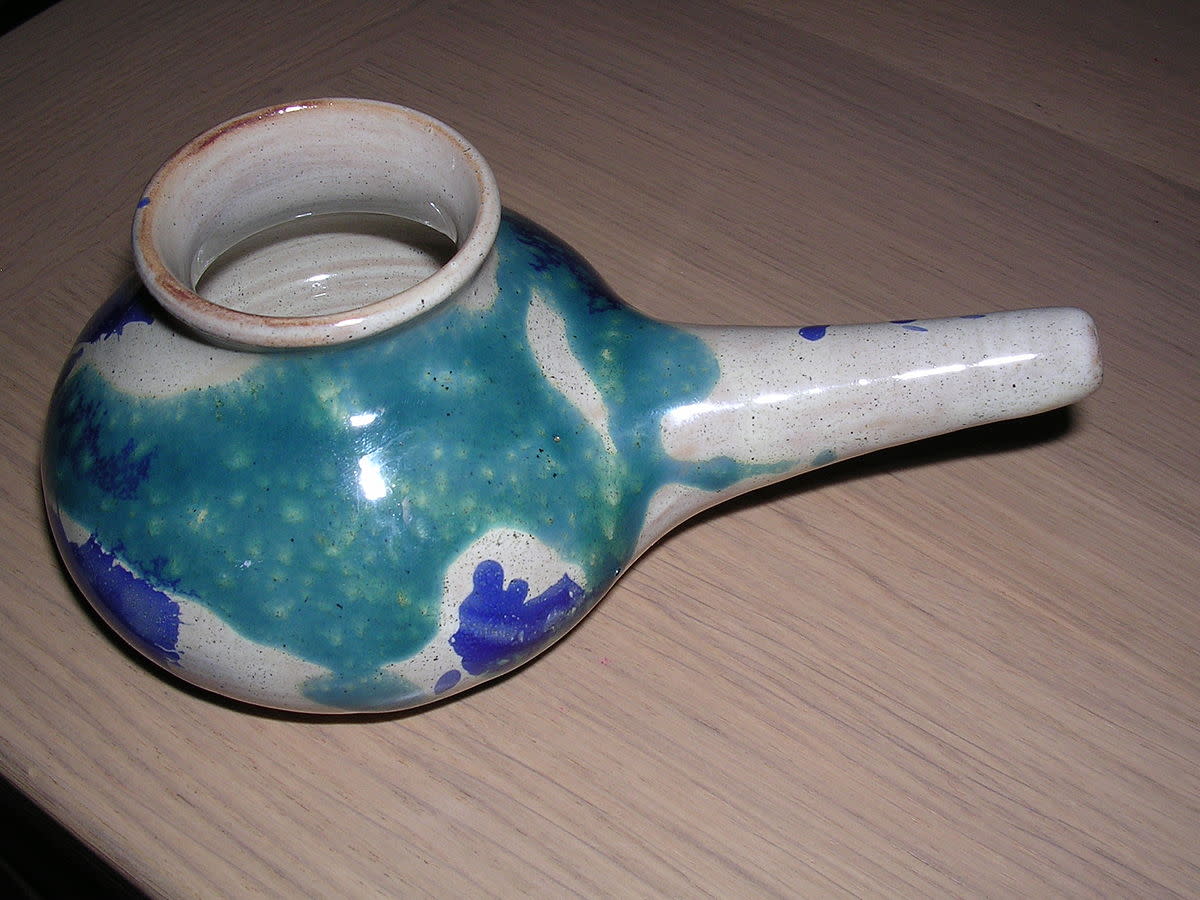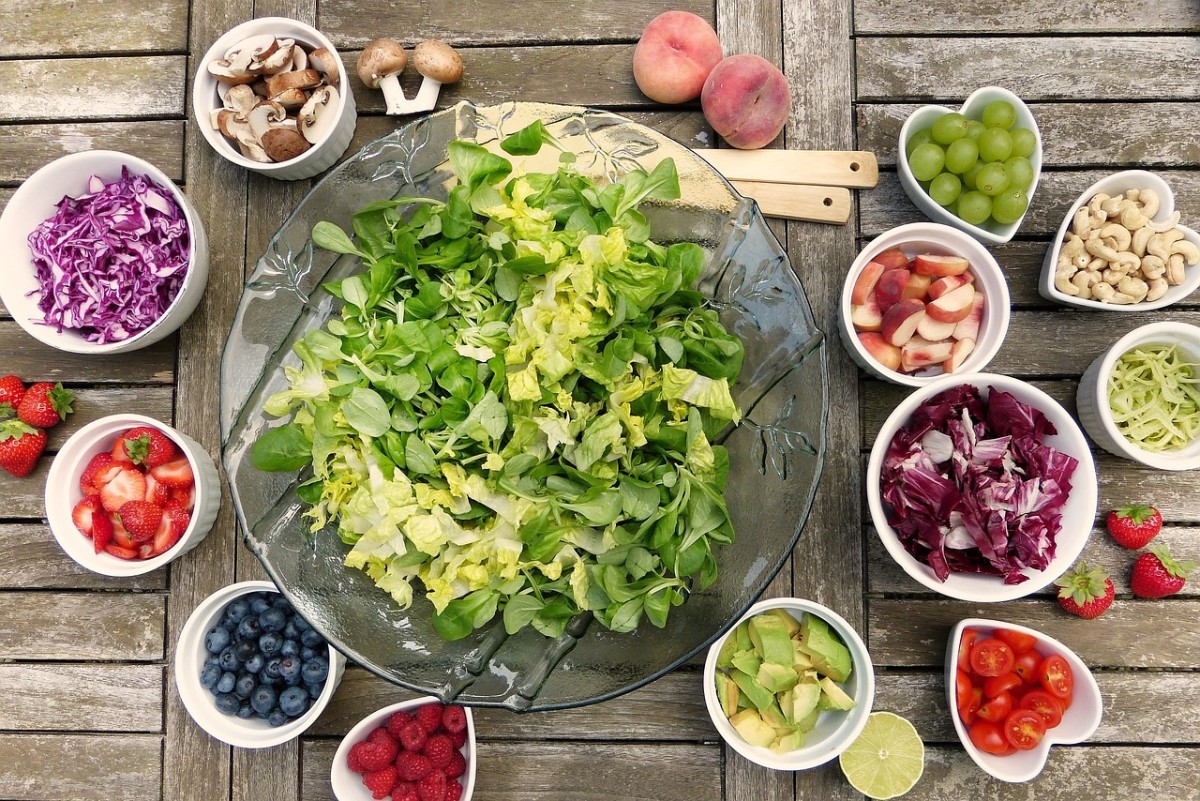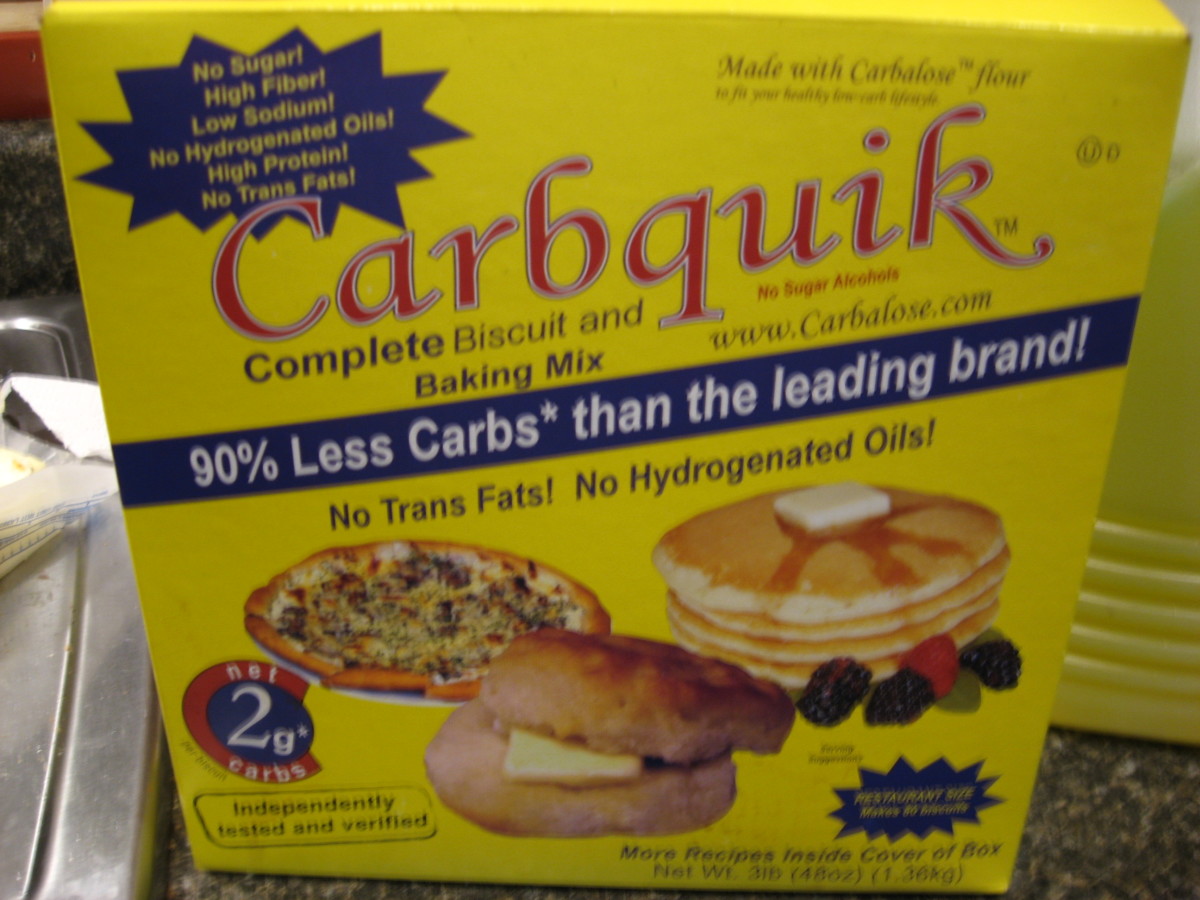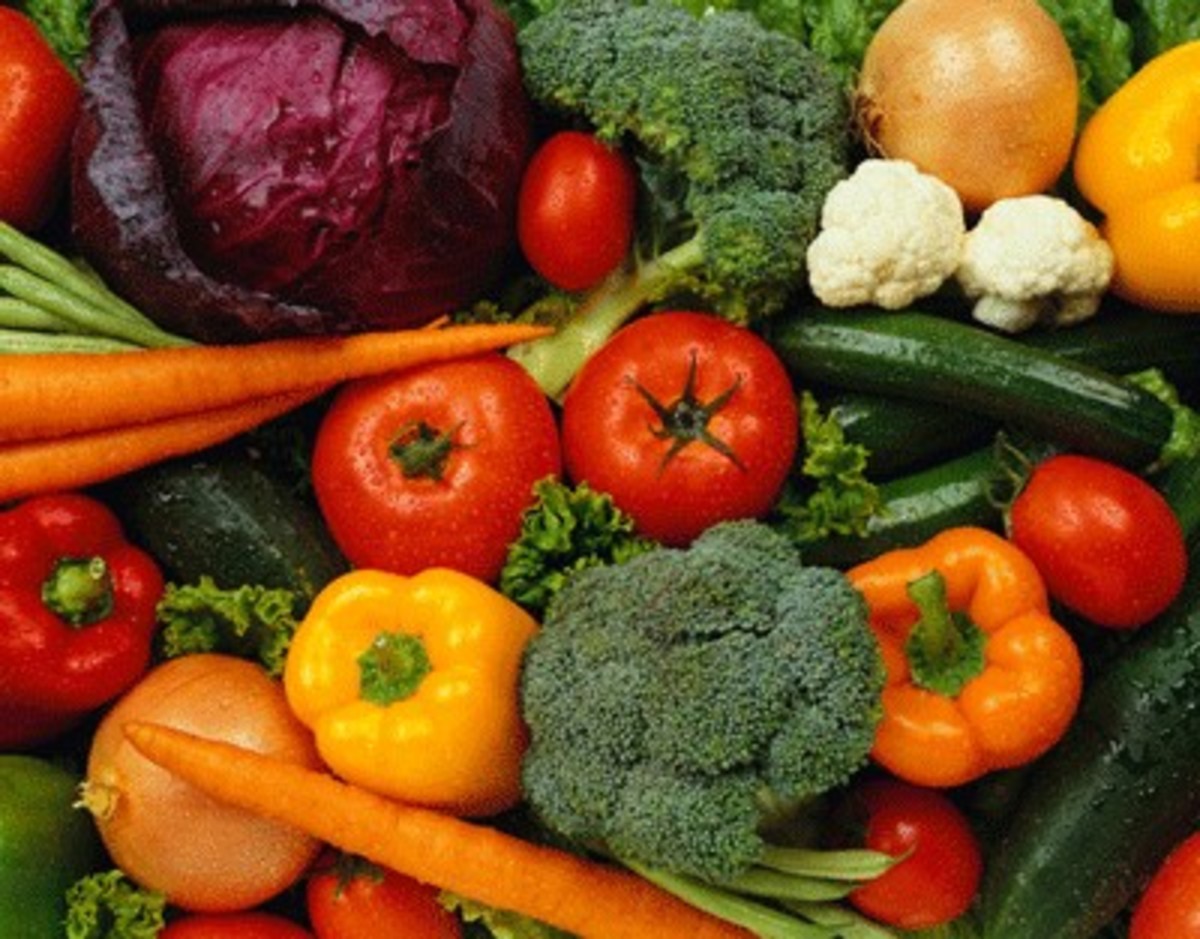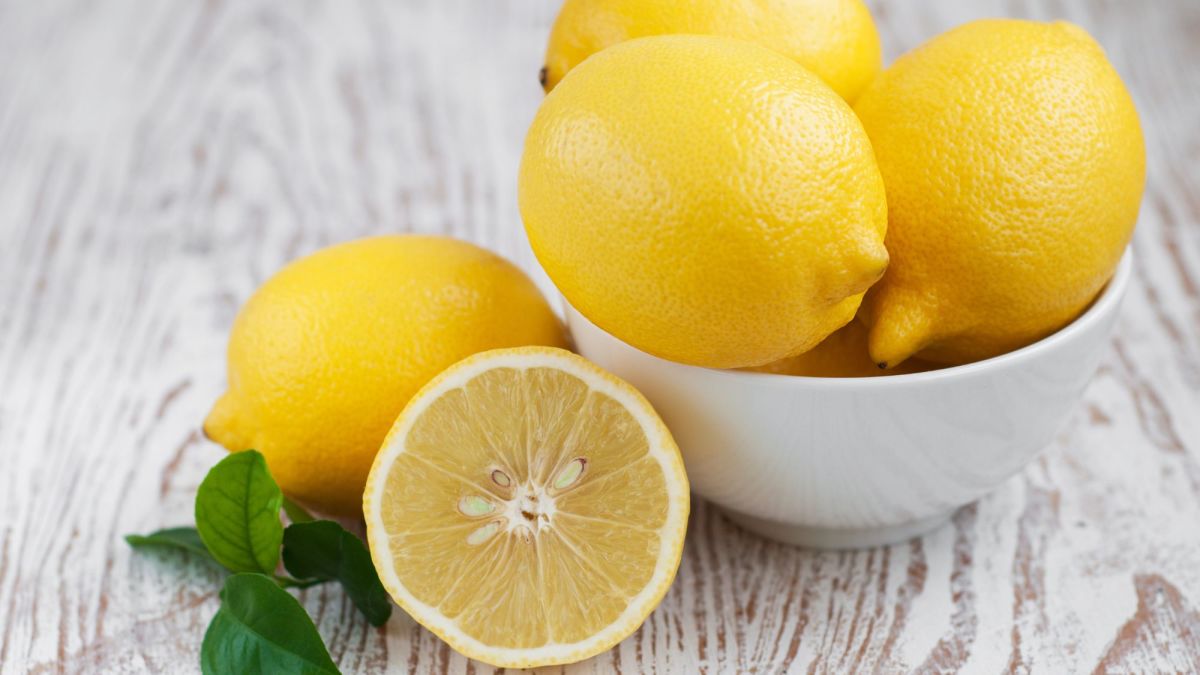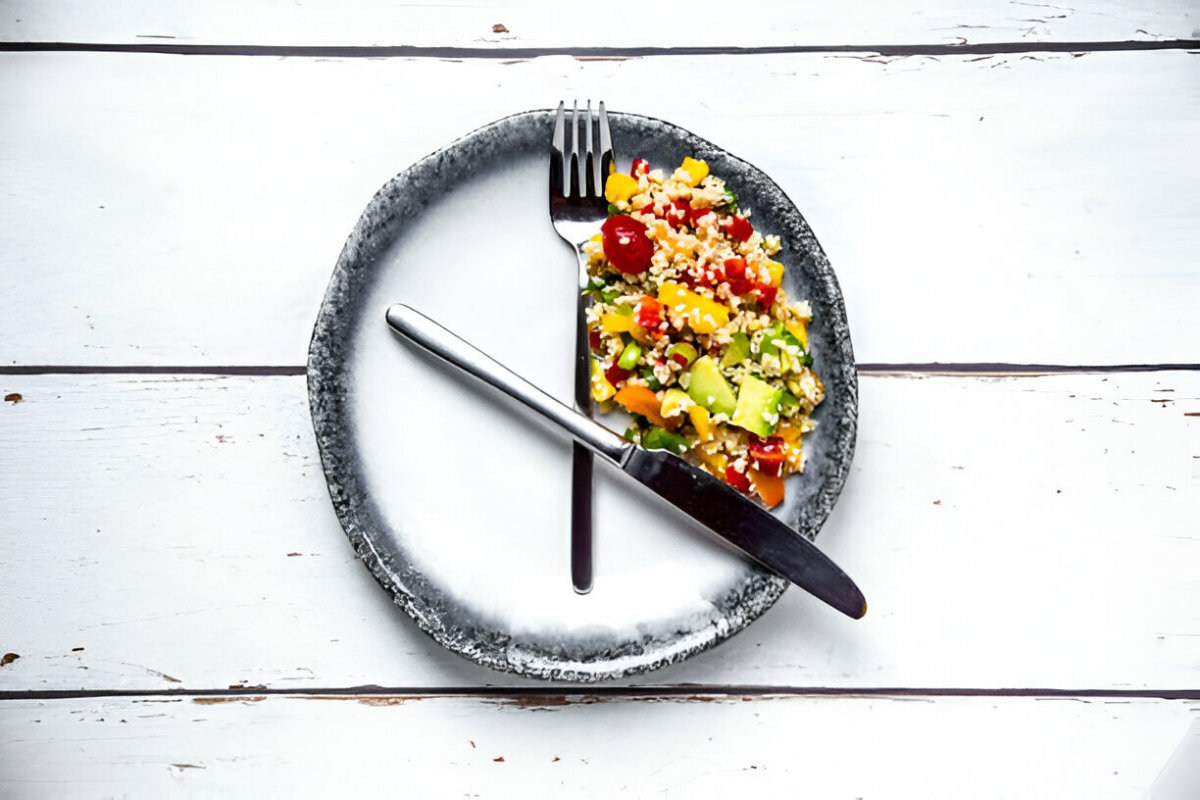The Low-Sodium Expert: The Basics of Sodium
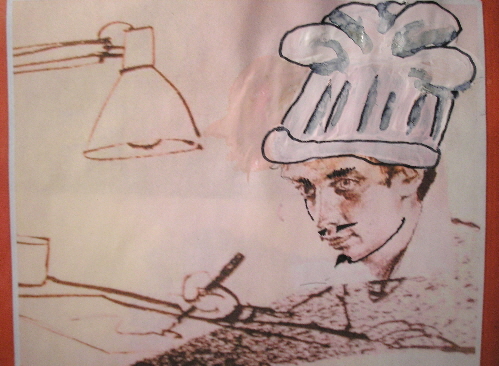
(Disclaimer: Do not begin a low-sodium diet without consulting a physician. A general minor cutting down in sodium is probably okay, but any serious regimen? Consult a doctor for a level suitable to your needs. Never go on a diet completely lacking in sodium. Sodium is an essential mineral for the body to function. Without it, nerves and muscles would cease to function, the absorption of major nutrients would be impaired, and the body would not be able to maintain adequate water and mineral balance. While information in this article is considered factual and accurate, I accept no responsibility for adopting a low-sodium diet.)
So You're An Expert?
That's right, I'm billing myself as The Low Sodium Expert. What are my qualifications? I am not a doctor, a nurse, a nutritionist, a chef, or a salt hater. I love salt, in fact. Wars have been fought over it, and it's possession was an important tactical part of the American Revolutionary war. Civilizations rose and fell over the possession of “white gold,” as it was called. It was used as currency, giving rise to the phrase, “Are you worth your salt?” It coaxes flavors out of bland foods. Now we have containers of the stuff, in bags, glass jars, and shakers that wait patiently on our tables to sample it's mystical qualities, its reassurance that foods – and life – are good. Heck, put a little iodine in it and say goodbye to those ugly goiters, you know, those giant casabas that used to grow out of your neck.
So my qualifications are simply this: I live on a low-sodium diet BUT...I require not only that food tastes good, but that I get an emotional satisfaction from, a satisfaction that was sorely lacking when I first began my journey on the old, no-salt road. I have eaten the bland food, the tasteless meals, the zero soups and casseroles. Why, I even used to forgo cheese. Cheese, I say! The greatest invention since cows themselves! And I have had many a discussion and conversation with these so called health experts, they of the $250.00 bucks for 10 minutes of their time world that you and I can only dream of, and I know more about sodium, or lack of it, than they do. One of the top physicians who is concerned with low-sodium said to me, “You are simply the best, most knowledgeable low-sodium person I have ever met.” Thanks, Doc. That'll be $250.00 bucks. And those are my qualifications.
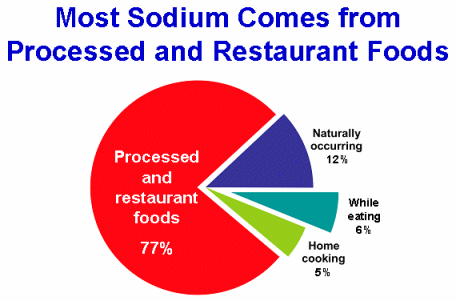
And in my two years of exile from the world of salt and sodium, I have learned tricks. Tricks that turn a low-sodium meal into a seemingly salty pleasure, a tasty potpourri of flavors. Many secrets that have never before revealed...until now. In this series, you will learn how to cook with low-sodium ingredients and little or no salt. Recipe's will be shared. Facts given. Data that took me over two years to accumulate will be shared with you in a blink of an eye, or a shake of the imaginary salt. You'll learn how to make your own low-sodium foods and staples, the super secret to salt substitutes and how to make your own. As the series progresses, you'll want to cut and paste the charts, sodium levels, measurements, and other important data and facts into your own document. Then you'll have your own handy guide and you won't have to look up every single thing over and over. When you do look up new data – say how much sodium in a ¼ pound of hamburger (it's 3% to 4%, by the way) – add it to your list.
Low Sodium for Health
So why commit to a Low-sodium diet? For some it's a general health choice, for others a medical requirement. Rutgers University states that, “Current health advice warns against too much sodium. This warning is based on research suggesting that eating high amounts of sodium may contribute to the development of high blood pressure in certain people. High blood pressure may then lead to heart disease, kidney disease or stroke.” They further state that susceptibility to the dangers of high sodium is possibly generic. That is, some people can handle sodium no problem, and others can't. So there may be no reason for you to worry about it. For others, you should worry. The problem is not that we consume sodium itself, but rather such high quantities of it. Cut back a little, you know. The surprising upside is when you cut out sodium, you invariably cut out fat and cholesterol, so you'll lose weight and lower your cholesterol levels. And that just feels good. If you're doing a low-sodium diet just because you want to, 100% is just fine (2300 mg.), or even 3000 mg. is okay. If the purpose is for required health reasons, consult with your physician for the level that's right for you. Personally, I limit my intake to 40% per day, and that, friends, is really low. It's deep down dirty rotten low.
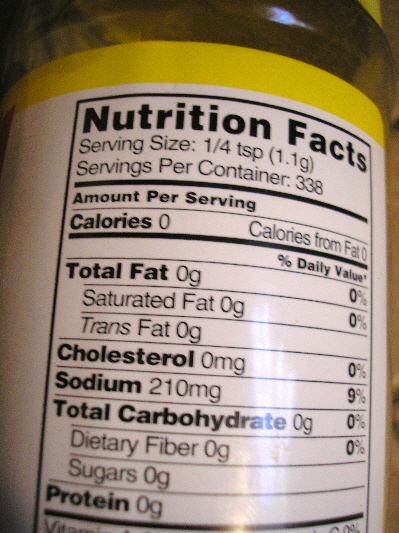
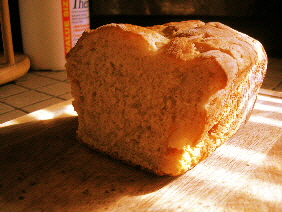
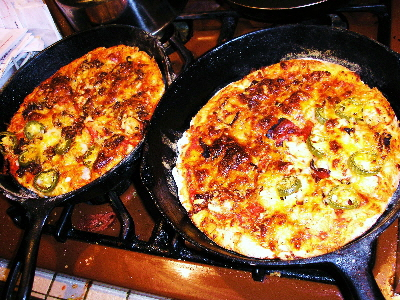
Read the Label
You must always read the label to see
how much sodium is in the product, and what amount the figure based
on. So check the serving size, then check the sodium level. It's a
good idea to have a basic working knowledge of weights, measures, and
metric conversions.You'll be amazed at what you discover. Always look for No Salt Added canned vegetables, and read the labels of frozen vegetables. Sodium content can change drastically from brand to brand.
In America, they'll often list the serving size
in metrics, knowing we don't use the metric system and therefore will
be confused about the true amount of bad stuff in the food. Tricky
bastards! Dirty Rotten Scoundrels I'll give you that knowledge in this installment, so get
out your scissors and glue stick. Plus, you'll continue learning for a long time. I'm still finding surprises, and some are shocking.
Let's first put sodium into
perspective. Say you order a Pizza Hut Pepperoni Lover's Pizza. You
eat 3 slices. You've just consumed 2280 mg. of sodium, or nearly
100% of the MDA (maximum daily allowance). 3 large slices of cheese pizza from just
about anywhere will be over 100%, so don't think you can just cut out
the pepperoni.The cheese, crust, and tomato sauce are all laden with sodium
But don't get your taste buds all in an uproar. In this series, I'll teach you how to make the most delicious pizza you've ever tasted, where the entire pie is less than 25%. A small, 7 oz. bag of barbeque potato chips? 62%. But fear not. I'll teach you how to make sodium-free tortilla chips and welsh potato chips, popular in restaurants in my home town. And delicious low-sodium nachos too. And did you know store-bought breads have 5% sodium per slice? I'll teach you to make delicious, sodium free Artisan and Sour Dough Breads, Flour tortillas, Lavash Crackers, Rissoles, and so much more.
Basic Conversion Charts
The first thing you'll need to know is what are the acceptable sodium levels. These figures are rounded up or down to nearest 1%.
2300 mg. = 100% DMA (Daily Maximum Allowance, called DV on food labels)
1150 mg. = 50%
570 mg. = 25%
200 mg = 8%
100 mg = 4%
24 mg = 1%
Copy that info.
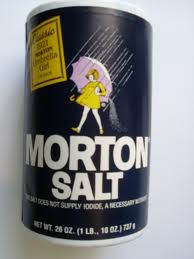
And now what about that miracle table salt? How bad is it really?
1/4 teaspoon salt = 575 mg sodium = 25% DMV (approx.)
1/2 teaspoon salt = 1,150 mg sodium = 50%
3/4 teaspoon salt = 1,725 mg sodium = 75%
1 teaspoon salt = 2,300 mg sodium = 100%
Remember too that teaspoons are tiny, miniscule things. An insult to man, really. It takes 3 of them to equal 1 tablespoon.
Basic info about converting cups to grams.
1 cup = 30 grams (Depends on what is in the cup. Here are some other examples.)
Granulated sugar: 1 cup = 200 grams
Brown sugar: 1 cup, packed = 220 grams
Sifted white flour: 1
cup = 125 grams
White rice, uncooked: 1 cup = 185 grams
White
rice, cooked: 1 cup = 175 grams
Butter: 1 cup = 227 grams
Almonds, slivered: 1 cup = 108 grams
Oil: 1 cup = 224 grams
Maple syrup: 1 cup = 322 grams
Milk, non-fat: 1 cup = 245
grams
Milk, sweetened condensed: 306 grams
Broccoli,
flowerets: 1 cup = 71 grams
Raisins: 1 cup, packed = 165 grams
Milk, dry: 1 cup = 68 grams
Yogurt: 1 cup = 245 grams
Confectioners sugar: 1 C = 110 g
Cocoa: 1 C = 125 g
Look Up Nutrition Data
Look Up Nutrition Data
For checking general nutrition data for a particular food, Google “Nutritional data tomatoes,” for example. I prefer the site nutritiondata.com, but they don't have everything listed so use another. There are many online metric conversion sites on the Internet. Pick one and check your conversion, then copy it to your list. And this is just a start. It will grow. In the beginning, take the list with you when you go grocery shopping. Then you'll know what you're looking at, until eventually it becomes second nature. Count the sodium you consume in every single meal or snack, and compare it to your desired level. Don't know how much sodium is in a sirloin steak? Look it up. A 6 oz. Sirloin is about 112 mg sodium, or about 4% or 5 % of DV (daily value), or as I call it, the DMA (daily maximum allowance).
Further Sodium Education
That doesn't quite wrap up your introduction to sodium. You serious low- sodium students have homework. First, copy the above charts to your master sheet, and then practice counting your sodium intake. Look up what you need to. This will give you an idea of how much sodium you are consuming now. Read every label and count everything. Write it down. And secondly, read this basic primer to low-sodium basics, written by me. It's short, but full of information not included here, and it includes a recipe for a salt substitute you can make yourself. The article is “Maintaining a Low-Sodium Diet For Healthy Living.”
I apologize for the length of this intro. In the future, chapters will be much shorter but this info was necessary. If you'd like to read the entire series from The Low-Sodium Expert as it becomes available, simply subscribe to my RSS feed above, and watch for entries in this series. You'll be notified as they are posted. And remember, you can read these articles just for some tips, some little things that you might do just to cut down on sodium for general health, or to live a low-sodium lifestyle as I have done. You'll too become a Master.
Don't reach for the salt, and if you do, count it!

